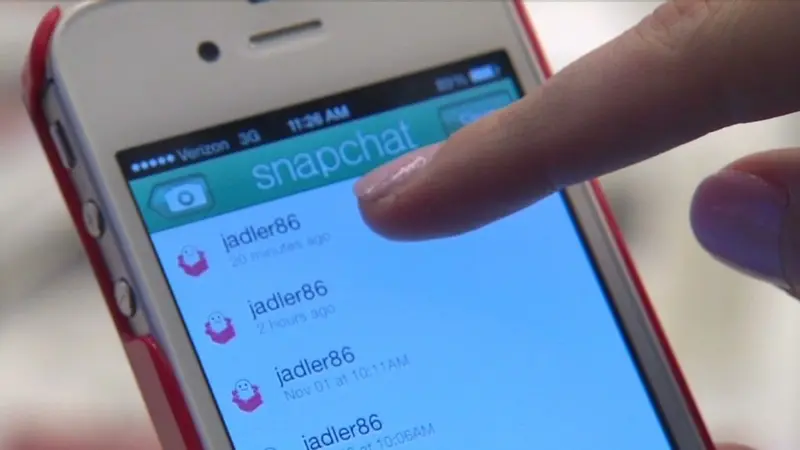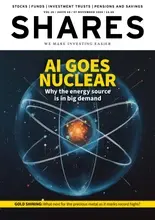
We aren't excited by Snapchat's plans to join the US stock market. Its IPO (initial public offering) plan has excited many people; we simply cannot understand why anyone would want to invest in it.
Snapchat is the social media app that uses photos which disappear quickly, a bit like those self-destructing messages in Mission Impossible episodes. That's its main unique selling point at this stage, which means the platform is often used for sending explicit pictures.
At the end of 2016 Snapchat had 158m daily active users (DaU) from which it generated $166m of revenue in the fourth quarter, or $405m for the full year.
It has no positive cash flow and makes no profit. In fact the company ran up a $515m loss in 2016.
OK, but from small acorns giant oaks grow, you might think, just look at Google (GOOG:NDQ) or Facebook (FB:NDQ).
The latter is a good comparison because it owns two of Snapchat's biggest rivals, WhatsApp and Instagram.
Facebook is a very different beast. It generates 6.6-times more revenue from each user than Snapchat and is hugely profitable thanks to higher value users.
IMPORTANT NUMBERS
Facebook has 1.2bn daily active users and an enterprise value (EV) of $339bn giving EV/DaU of $283.
By comparison Snapchat, it has an estimated enterprise value of $21.5bn (based on a $22.5bn midpoint of the IPO range and stripping out its $1bn existing cash) for an EV/DaU of $136.
So Snapchat has upside? Maybe, maybe not.
It concentrates on a much younger demographic, 12-24 year olds, with typically less cash to spend. This audience is less attractive to potential advertisers.
Twitter (TWTR:NYSE) is one of the last big social media platforms to float pre-profit, and its subsequent share price performance does not bode well.
'Twitter initially saw its shares do well but they have subsequently collapsed as a series of new service offerings have failed to drive any profits or positive cashflow,' explains AJ Bell investment director Russ Mould.
'At yesterday’s closing price of $17.78 Twitter now trades below its $26.00 flotation price.'
SAY CHEESE
Interestingly, Instagram Stories, a similar fast expiry service, was launched and has immediately attracted 150m users, suggesting Snapchat's moats are shallow.
Even Snapchat accepts the limitations of simply doing more of the same, so it's talking up its camera technology sideline.
'Snap is positioning itself as a camera company and one that offers experiences that are much richer than a 10-second conversation,' says AJ Bell's Mould.
This is the bit of the business that has developed the Snapchat Spectacles, effectively twin cameras incorporated to funky-looking glasses.
They may or may not take-off, but again the precedent isn't great. Google pushed its Google Glass for two or three years before mothballing the technology.
One analyst reckons Snapchat's enterprise value should be about $15.4bn, about a third lower than the mid-point of the pitched $20bn to $25bn IPO.
They conclude: 'I see only pain for investors paying $22.5bn at the IPO.'







